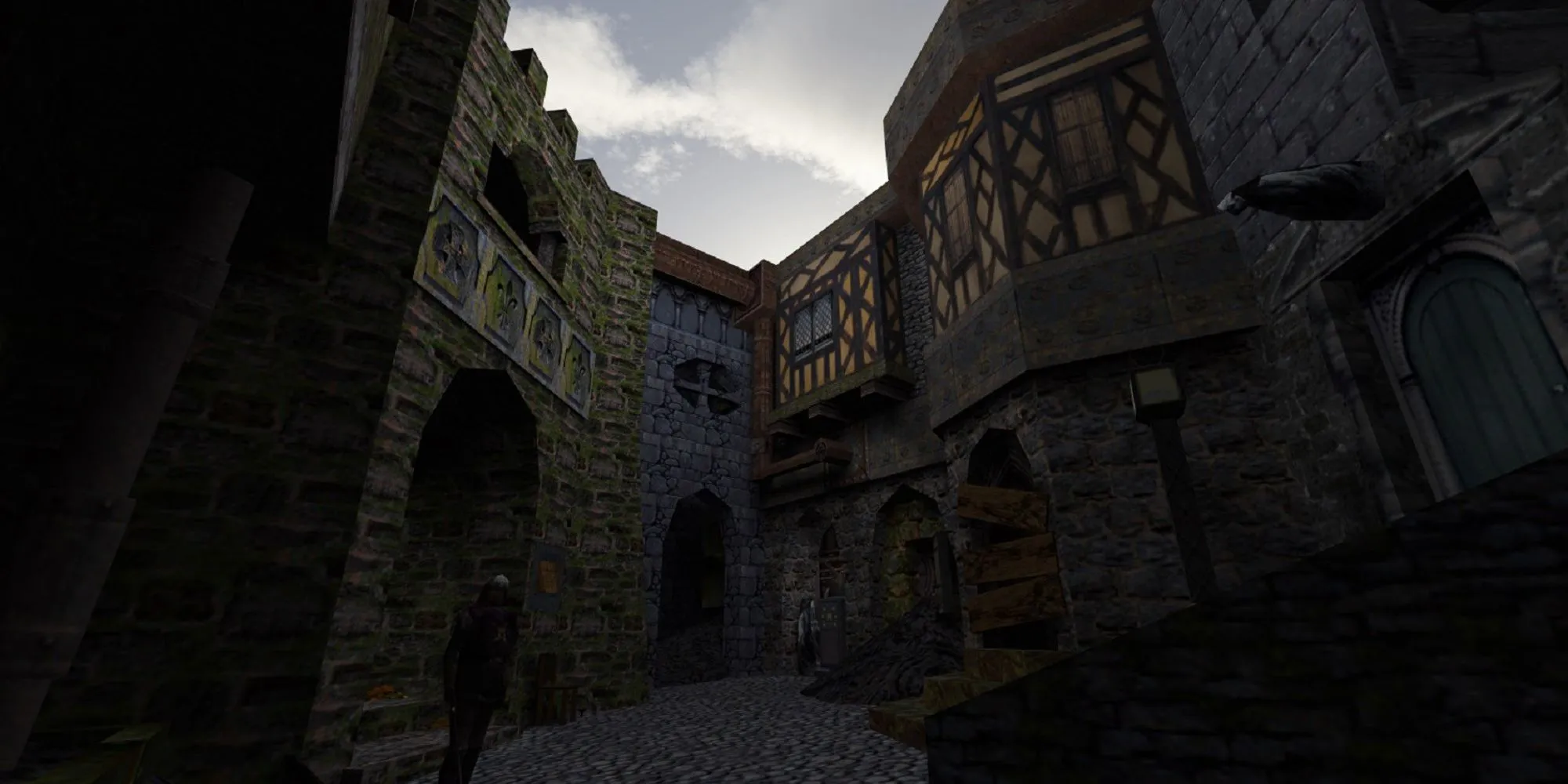
Over the years, the Indiana Jones franchise has inspired a variety of video games, each offering a distinct gameplay style. These titles can be categorized along a continuum that ranges from puzzle-centric experiences to action-adventure gameplay. For example, the classic point-and-click adventure, Indiana Jones and the Fate of Atlantis, leans heavily toward puzzles, whereas Indiana Jones and the Emperor’s Tomb is more about action, with the LEGO Indiana Jones series striking a balance between both styles. However, Indiana Jones and the Great Circle introduces an innovative blend that sets it apart from its predecessors.
Indiana Jones and the Great Circle offers an engaging mix of challenging puzzles and thrilling action sequences, but it primarily focuses on immersive exploration of vast open environments. Unlike typical titles like Uncharted or Tomb Raider, this game evokes the spirit of stealth-heavy games such as Thief and Dishonored.
The Influence of Thief and Dishonored’s Immersive Sim Elements







An Immersive World Steeped in Atmosphere
One of the hallmarks of the classic Thief series, as well as its successor Dishonored, is their immersive simulation qualities. Typically, an immersive sim features a richly detailed environment that captivates players through its realism and atmosphere.
The medieval settings of Thief showcase realistic lighting, atmospheric soundscapes, and intricately designed streets adorned with stained-glass windows. Conversely, Dishonored transports players to the steampunk-inspired city of Dunwall, where a strong architectural coherence makes even the fantastical elements believable.
Building on this legacy, Indiana Jones and the Great Circle provides a similarly authentic experience. Players traverse meticulously crafted real-world locations, bolstered by exceptional lighting effects and sound design that enhance the overall immersion during gameplay.
Enhanced Enemy Behavior and Physics Systems
Another hallmark of immersive simulation games is the realistic behavior of NPCs and enemies. Both Thief and Dishonored showcase enemy patrols that adhere to designated routes, with guards reacting convincingly when something disrupts their routine. This realism extends to the physics systems, where characters believably respond to interactions within the environment.
In Indiana Jones and the Great Circle, players experience a sophisticated physics engine that plays a critical role in both combat and platforming. The iconic whip of Indiana can be used to pull guards toward the player, causing their models to react naturally against various objects. When defeated, enemies convincingly drop to the ground, instilling a sense of weight to the game’s combat.
Layered Stealth Mechanics Empower Player Choice
Immersive simulation games like Thief and Dishonored thrive on providing players with diverse pathways to achieve their objectives. This flexibility is especially evident within their stealth mechanics, where players can choose from multiple approaches to engage with challenges.
In keeping with this tradition, Indiana Jones and the Great Circle frequently situates players in expansive, open environments with clear objectives. Players are empowered to use a variety of tactics—whether sneaking through ventilation shafts, scaling walls, entering through windows, or utilizing their whip to traverse above enemies—to accomplish their goals.




Leave a Reply